Le Mans 24 Hours: 5 Most Iconic Cars that Raced in WEC
Porsche, Audi, and Ferrari have all left indelible marks on the event, but the tales of the numerous manufacturers that came close to taking home the famous Le Mans Winner trophy are just as intriguing. Check out these historical race cars that have competed at Le Mans.
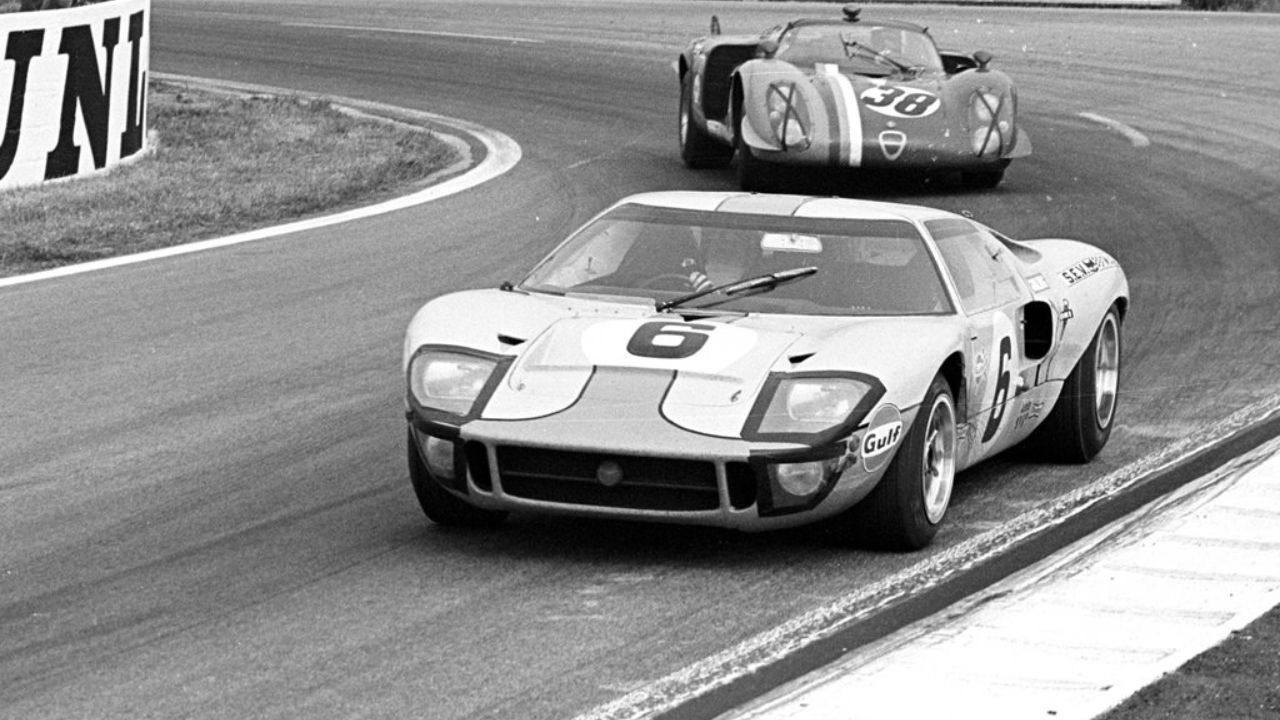
Le Mans 24 Hours: At Le Mans, we have seen the arrival and departure of many amazing automobiles throughout the years. Companies with strong teams were able to come up with innovative models to compete with the competition. Since its inception in 1923 in France, the 24 Hours of Le Mans has evolved from a modest event to the world's premier endurance competition, taking place almost every year. Manufacturers have spent hundreds of millions of dollars on research and development on vehicles designed for Le Mans, and the homologation criteria for the event have led to some of the best road cars ever created. There have been many notable vehicles present, but we've chosen our five favourites and included a sixth as a bonus.
Also Read: Le Mans 24 Hours: What are LMH and LMDh? Teams, Driver Lineup Explained
Le Mans 24 Hours Iconic Cars: Ford GT40
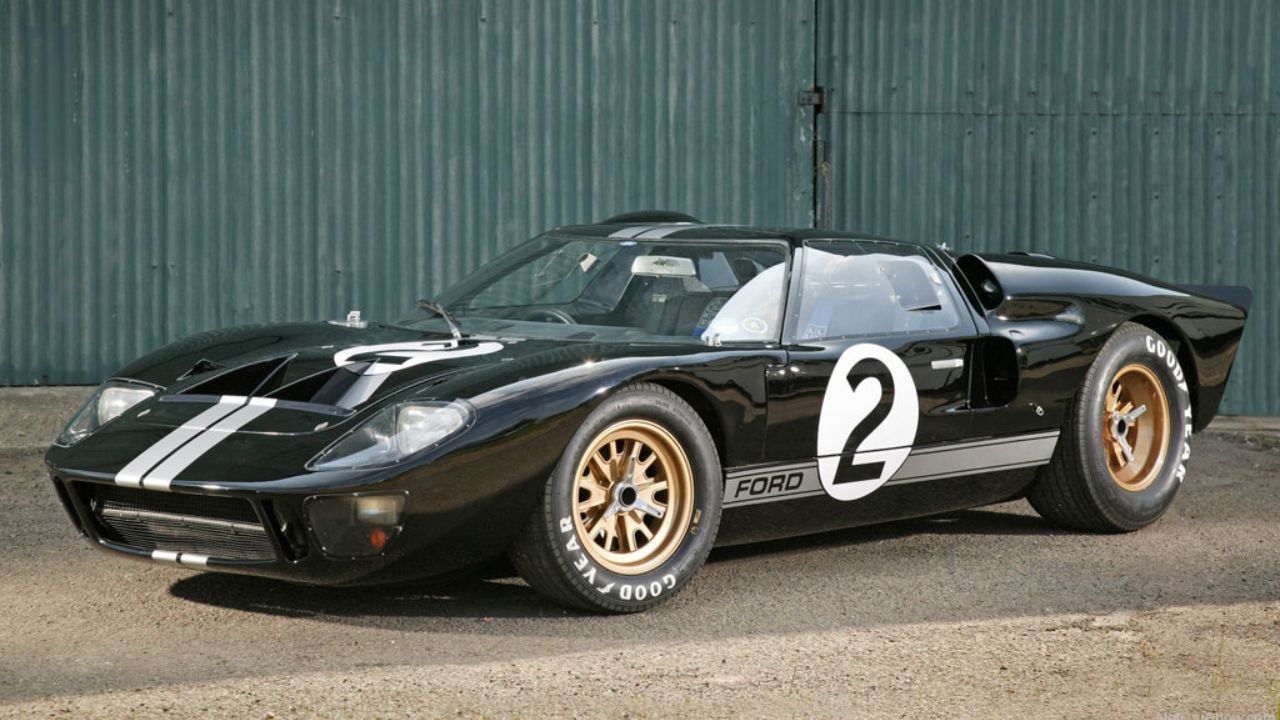
Before the mid-1960s, American manufacturers were noticeably absent from Le Mans, but that was about to change with the introduction of the Ford GT40. After a heated struggle with Ferrari and Porsche in 1959, Carroll Shelby guided the GT40 to its maiden championship in 1966. Between 1967 and 1969, the GT40 won three more times, catapulting the vehicle into the international spotlight and leaving a legacy to which Ford now pays tribute.
Le Mans 24 Hours Iconic Cars: Mazda 787B
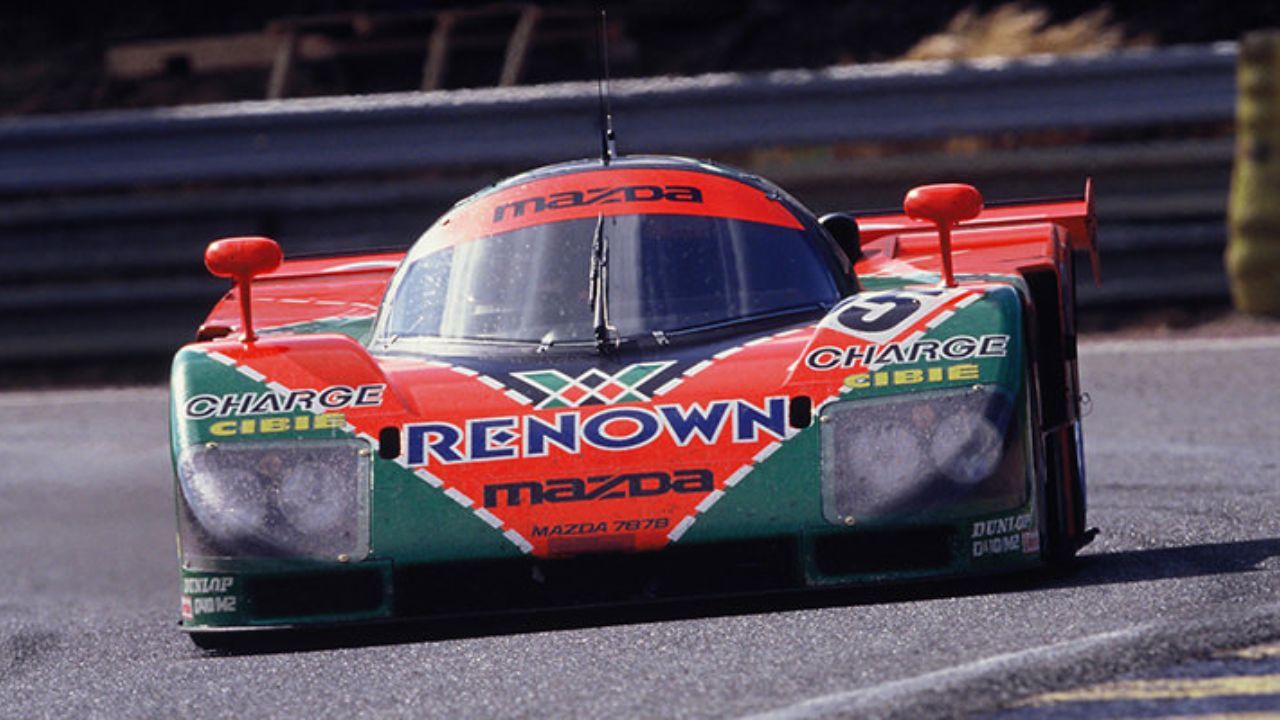
Even though the Mazda 787B only won the championship once, that victory came in a race that went down in history as a classic. Although the 787B was not an early favourite, it eventually finished in first place after a string of mechanical failures for other rivals. Johnny Herbert, a British racer, gazed his vehicle cross the finish line first, but he was so weary that he couldn't even get out of it and had to skip the podium ceremony to seek some medical help. The 787B has the distinction of being the only vehicle ever to win Le Mans with a rotary engine.
Le Mans 24 Hours Iconic Cars: McLaren F1 GTR
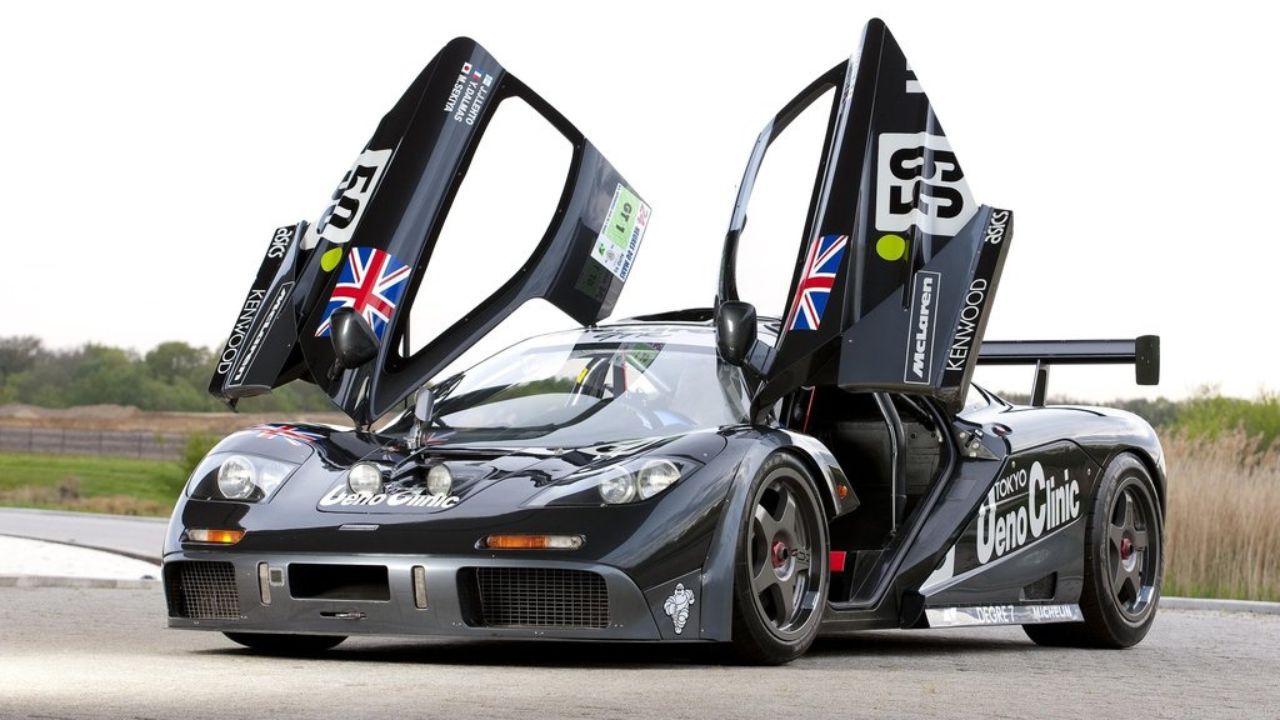
During Porsche's strong run in the 1990s, McLaren was the only team who could compete with them because of their new F1 GTR despite being a smaller, less well-funded outfit. The F1 only had one championship win, in 1995, but it was an impressive one. It was widely expected that a top-tier prototype vehicle would win the championship since the GT1 class F1 GTR wasn't even among the top class of racers. Yet, one by one, practically all the prototype vehicles had problems and withdrew, and McLaren emerged victorious after a hard-fought struggle.
Le Mans 24 Hours Iconic Cars: Nissan DeltaWing
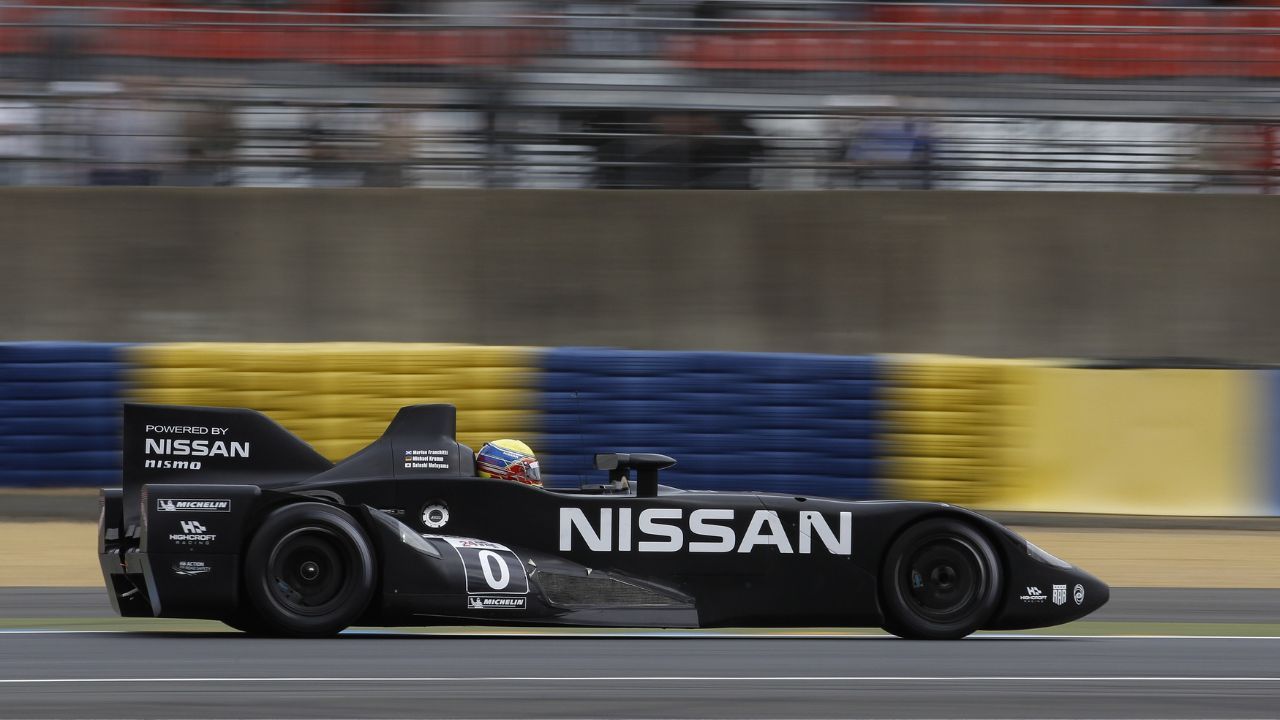
Spectating the 2012 Le Mans was a thrilling experience. The debut of the Nissan DeltaWing added a new level of drama to the event. This vehicle reminded us of a cross between the Batmobile and a drag racer, a super jet automobile. Its designers were hoping to influence the future with its radical new look, but they saw it fall to the ground when the vehicle crashed on lap 75 of the race. Nonetheless, the vehicle has become one of the most recognisable icons of the Le Mans.
Le Mans 24 Hours Iconic Cars: Audi R10 TDI

The Audi factory team and the Kolles team raced the Audi R10 TDI, a Le Mans Prototype, from 2006 to 2010 in sports car competitions. In 2006, the automobile made history by being the first diesel-powered vehicle to win the 24 Hours of Le Mans. Before its replacement by the R15 TDI in 2009, the Audi R10 TDI won three consecutive overall Le Mans titles. The R10 TDI won the American Le Mans Series title three years in a row (2006-2008), with highlights including back-to-back victories at the Sebring 12 Hours in 2006 and 2007.
Le Mans 24 Hours Iconic Cars: Porsche 917 (Bonus)

With Le Mans having completed 100 years of racing and Porsche completing its 75th anniversary, it was tough to narrow our choices down. As a special treat, we've included the Porsche that helped the German automaker make its imprint in the world of Le Mans.
The Porsche 917 from 1970 exemplifies timeless cool. The most thrilling part, though, is that it was this vehicle that helped Porsche win the 24 Hours of Le Mans for the first time ever in 1970 and 1971. At first, the vehicle was a rogue tiger for the crew, difficult to tame and overpowering for the chassis and suspension. After receiving some driver-friendly upgrades, it won the race handily and set the stage for a new way of thinking about Le Mans.


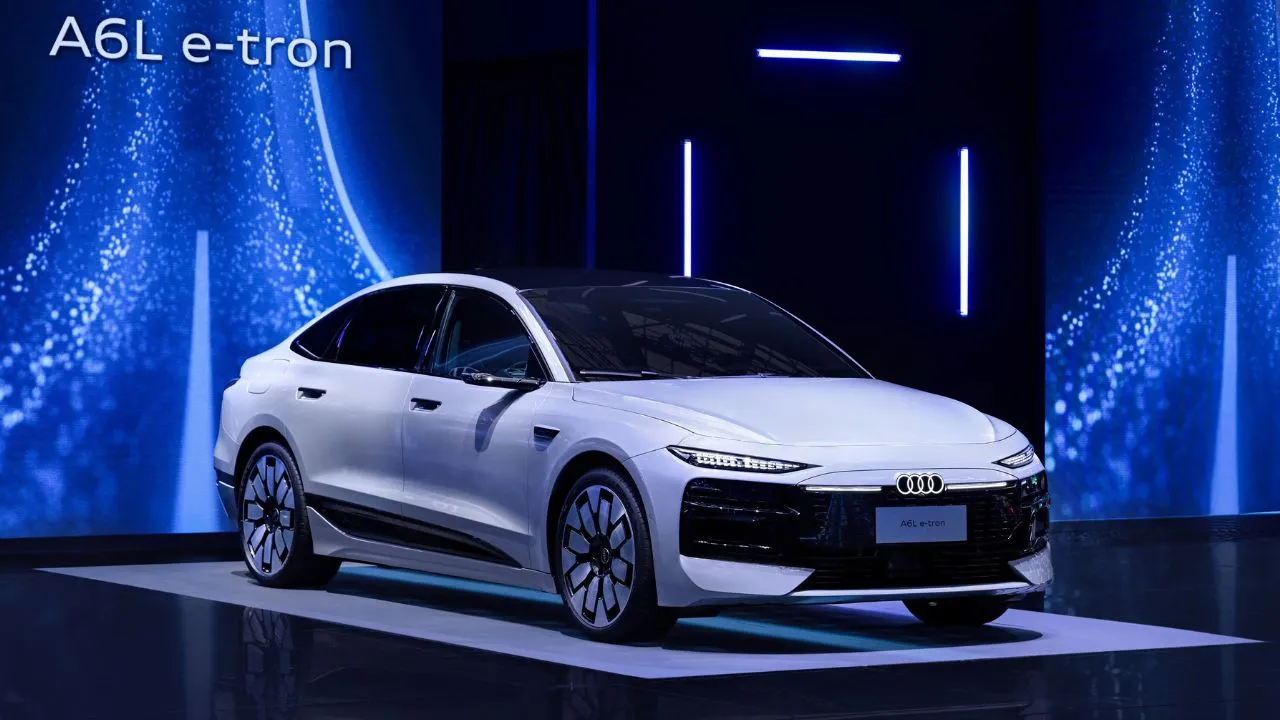
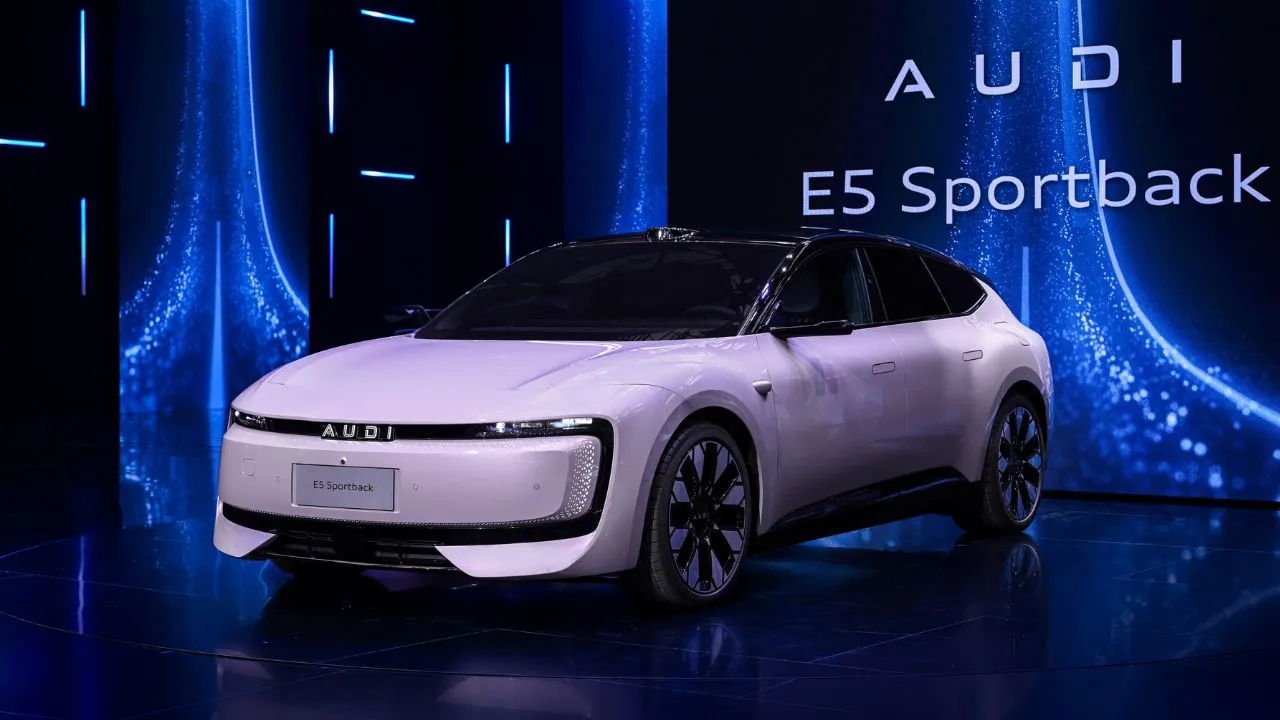
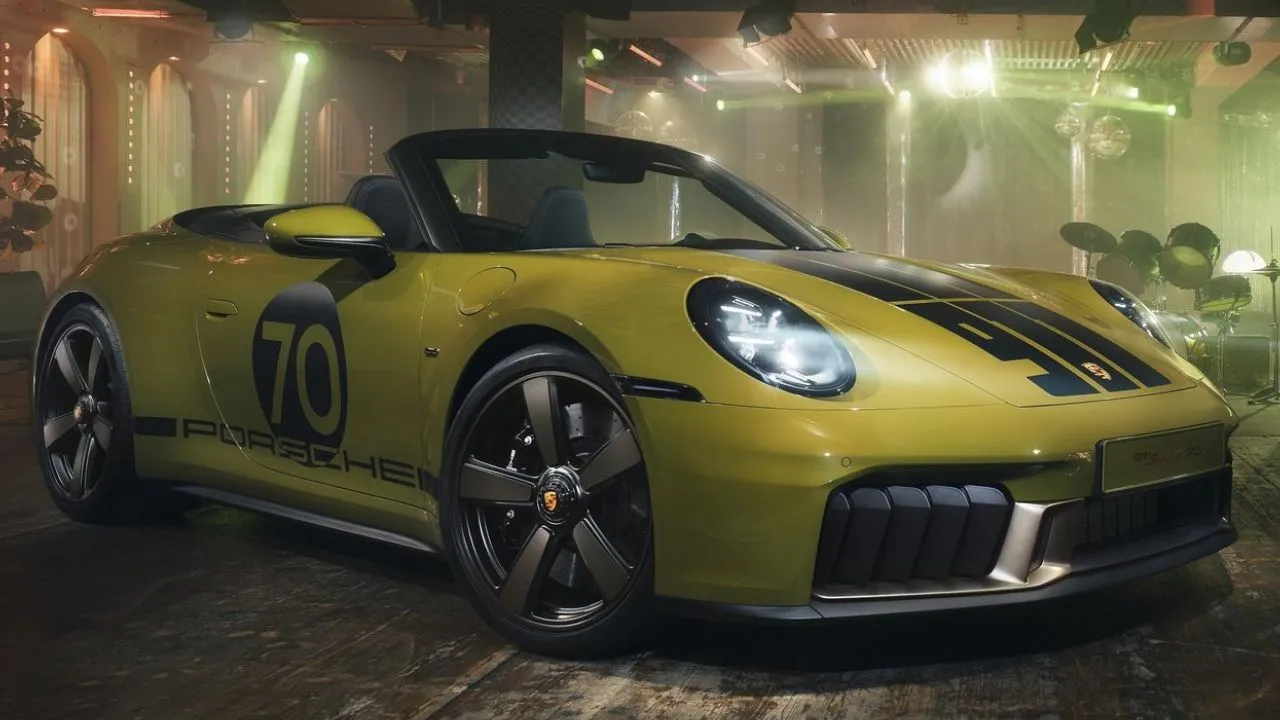
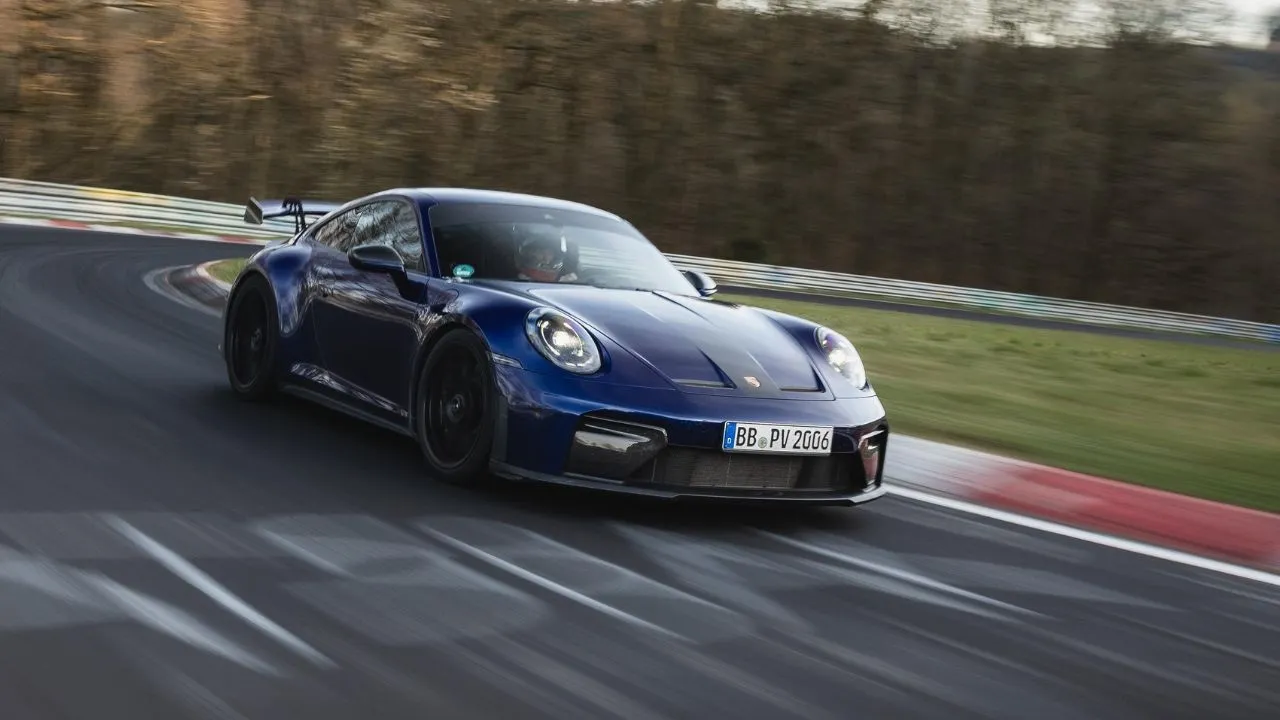
Write your Comment on